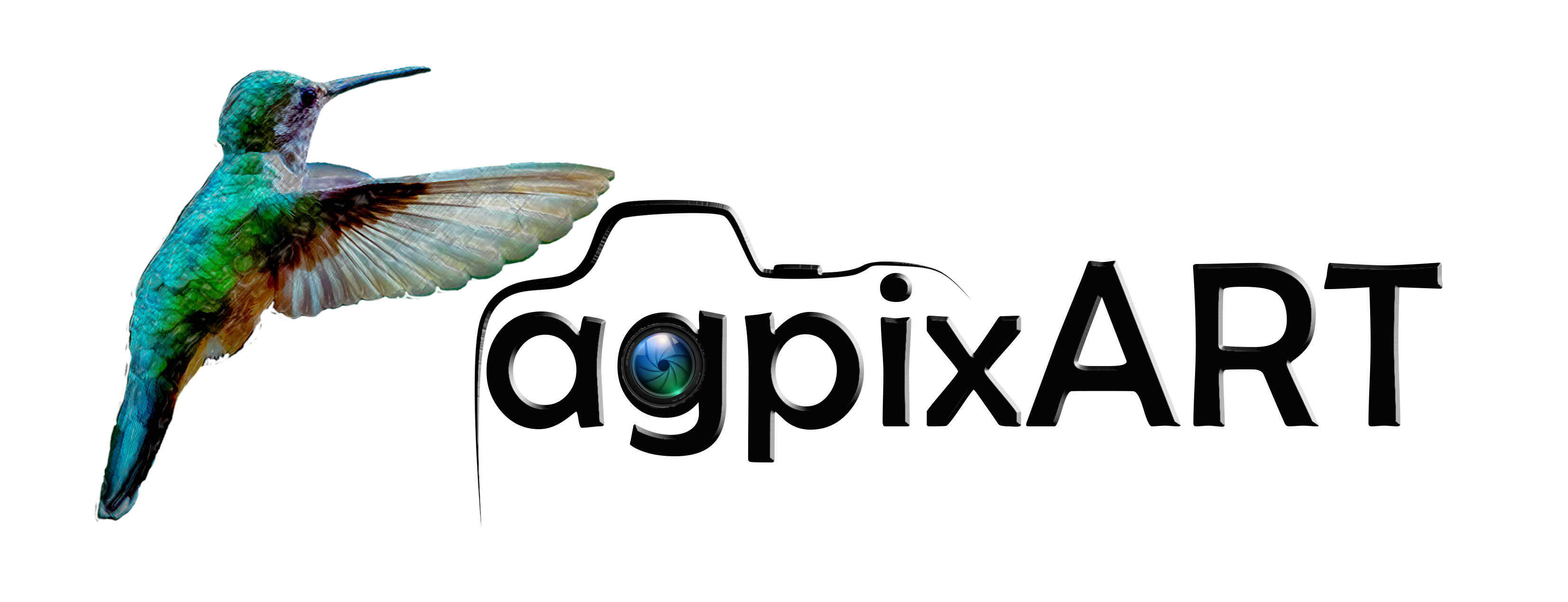Tips4Trips
Useful Tips & Resources for Planning and Enjoying Successful Travel Adventures.
Spirit of Adventure
Tips4Trips
Our travel itineraries often center around air travel to diverse destinations, requiring careful planning.
The following travel resources and tips have been curated from our personal research, detailed notes, and firsthand experiences.
They are tailored for independent travelers who prefer to organize their own adventures.
Luggage Info & Restrictions
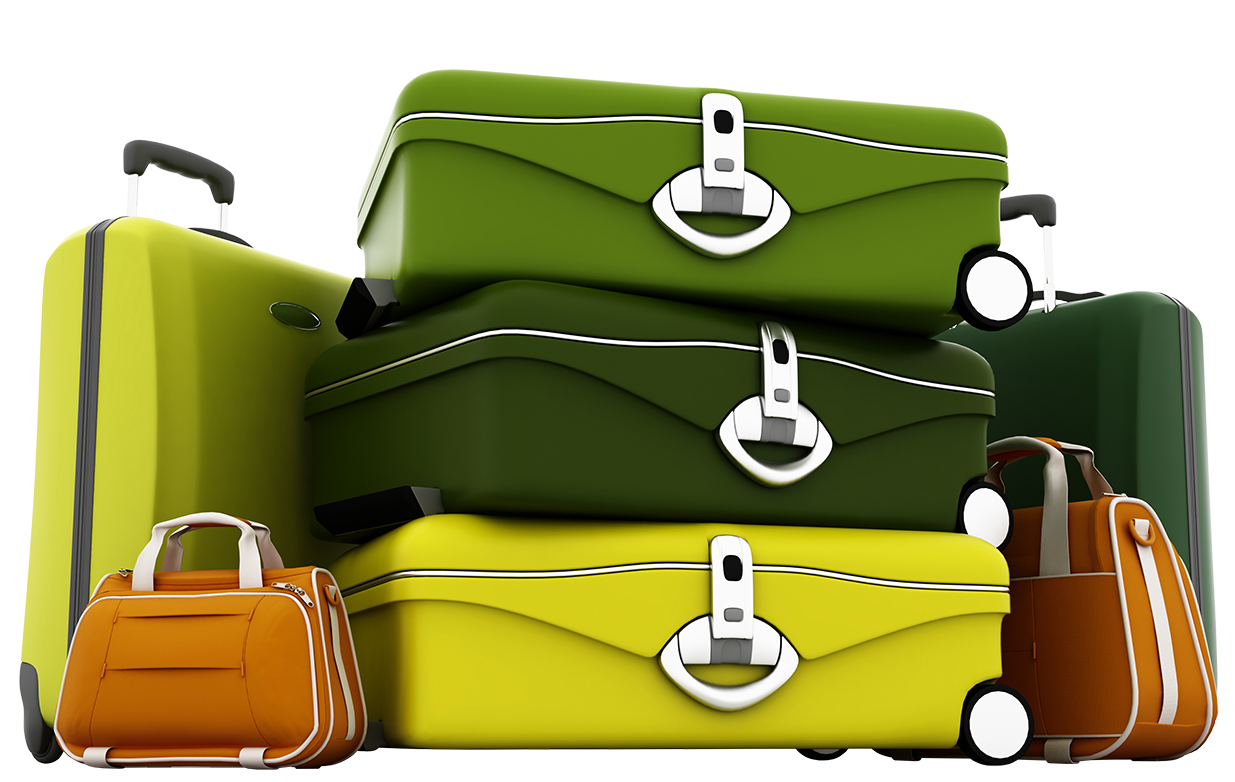
Luggage Info
When flying with different airlines, luggage policies can vary significantly, so it’s critical to check each airline’s specific rules to avoid fees or issues. The International Air Transport Association (IATA) provides guidelines, but airlines set their own policies. Always verify with each airline.
Luggage Table by Airline
When traveling internationally with expensive photography equipment, selecting the right carry-on and personal luggage is crucial due to strict regulations and potential enforcement rigor. Airlines often impose tighter restrictions on carry-on size and weight compared to domestic flights, and non-compliance can lead to hefty fees or forced gate-checking, risking damage to valuable gear. Some airlines DO weight a personal luggage as well. When travelling with Air Moana or Air Tahiti be aware that BOTH your carry-on and personal luggage cannot be more than 11lb/5kg.
|
Airline | ||||||||
|
Check-In |
50lb/23kg |
50lb/23kg |
50lb/23kg |
50lb/23kg |
50lb/23kg |
50lb/23kg |
50lb/23kg |
50lb/23kg |
|
Carry-On |
22x14x9” |
22x18x10″ |
21.6×15.7×9″ |
21.6×15.7×9” |
21.6×15.7×9″ |
22x14x10″ |
21.6×13.7×9.8” |
21.6×15.7×7.8” |
|
Personal |
17x10x9” |
16x12x6″ |
15.7×11.8×3.4″ |
15.7×13.7×4.7″ |
15.7×11.8×5.9″ |
17.7×13.8×7.9″ |
13.7×9.8×5.9” Not more than 11lb with carry-on. |
15.7×11.8×5.9” |
|
Airline | ||||
|
Check-In |
50lb/23kg |
50lb/23kg |
50lb/23kg |
50lb/23kg |
|
Carry-On |
22x14x9” |
22x18x10″ |
21.6×15.7×9″ |
21.6×15.7×9” |
|
Personal |
17x10x9” |
16x12x6″ |
15.7×11.8×3.4″ |
15.7×13.7×4.7″ |
|
Airline | ||||
|
Check-In |
50lb/23kg |
50lb/23kg |
50lb/23kg |
50lb/23kg |
|
Carry-On |
21.6×15.7x |
22x14x10″ |
21.6×13.7x |
21.6×15.7x |
|
Personal |
15.7×11.8x |
17.7×13.8x |
13.7×9.8x Not more than 11lb with carry-on. |
15.7×11.8x |
Phone & Data Info

Phone/Data
When traveling internationally, staying connected with your phone and data requires some planning to avoid high roaming charges and ensure reliable service.
Major U.S. Carrier Plans Table
A breakdown of some of the best options for major U.S. carrier plans.
|
Carrier | |||
|
Plans |
Unlimited Ultimate Plan: $90/month (plus tax). |
Unlimited Premium PL Plan (plus tax): Unlimited talk, text, and data in the U.S., Canada, Mexico, and 19 Latin American countries at no extra cost. For other regions, you’ll need an add-on. |
Go5G or Go5G Plus Plans: $75-$90/month (plus tax). |
|
Travel Pass |
$10/day, $6/day in Canada/Mexico (plus tax). |
$12/day, $6/day for additional devices (plus tax). |
Essentials Plan: Offers unlimited texting and 2G data in 215+ countries, but calls are $0.25/minute unless you add a pass. |
|
International Plans |
$100/month (plus tax) |
International Passes:
| |
|
Note |
Ensure roaming is enabled in your device settings. Check Verizon’s Trip Planner to confirm device compatibility and coverage. |
International Day Pass is automatically activated if data is used abroad, so disable data roaming if you want to avoid charges. AT&T’s Passport plans for longer trips are discontinued for individuals. |
Not for extended international use (primary usage must be in the U.S.). Check coverage for your destination, as some countries may not support roaming. |
eSIMs as Alternative Option
eSIMs offer a cost-effective and seamless way to stay connected while traveling, easily set up before departure on an unlocked, eSIM-compatible phone. To avoid roaming charges, switch to your eSIM before arriving at your destination. Many phones can store up to eight eSIMs, allowing you to manage multiple plans effortlessly. For calls, use WhatsApp to connect with your existing contacts over data, bypassing traditional call charges.
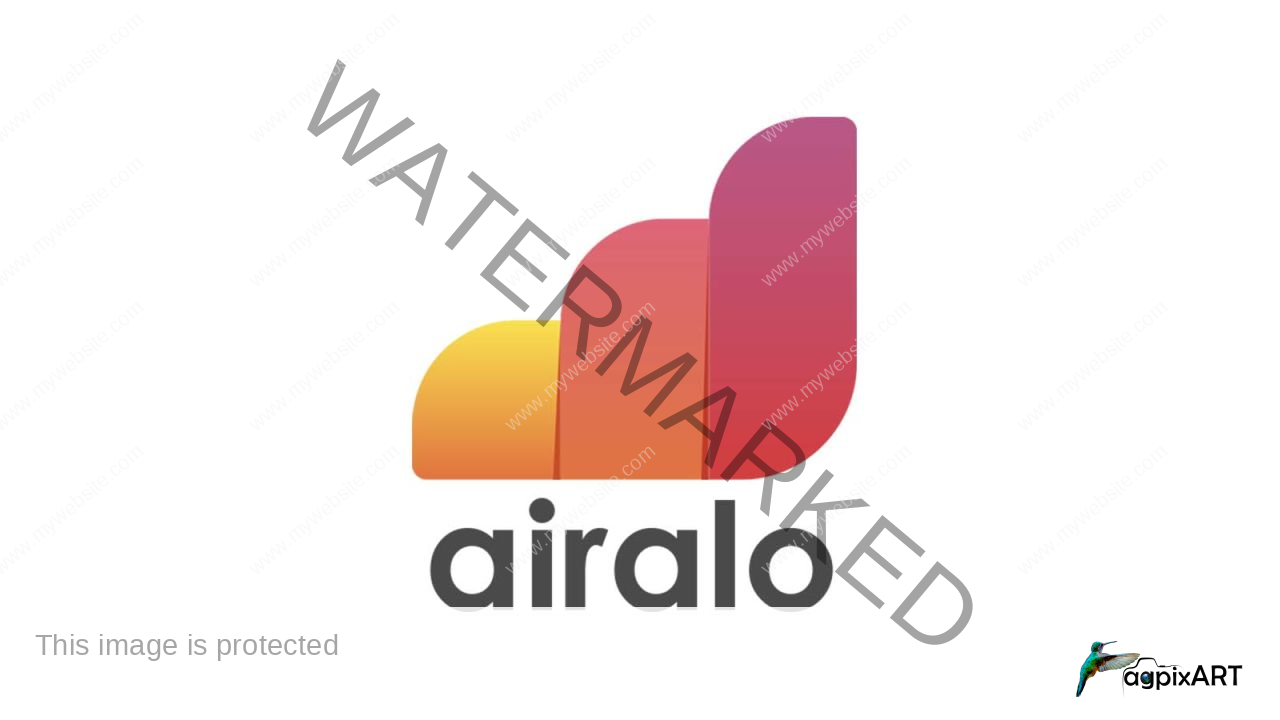
Airalo offers eSIM plans for over 200 countries and regions, including local (single-country), regional (multi-country), and global plans.
Airalo, founded in 2019, is the world’s first and largest eSIM store, offering digital SIM cards (eSIMs) that eliminate the need for physical SIM cards. It partners with local telecom providers globally to deliver cost-effective mobile data, and in some cases, voice and text services, without the high roaming fees charged by traditional carriers.
How to Use Airalo
- Check Device Compatibility: Your device must be eSIM-compatible and carrier-unlocked. Verify compatibility on Airalo’s website or device settings.
- Purchase an eSIM: Download the Airalo app (iOS/Android) or visit www.airalo.com. Select a plan based on your needs.
- Install the eSIM
Direct: Follow in-app prompts.
QR Code: Scan a code from the app or email.
Manual: Enter SM-DP+ address and activation code in device settings.airalo.com
For iOS: Settings > Cellular > Add eSIM.
For Android: Settings > Network & Internet > Mobile Network > Add eSIM. - Activate and Connect: Turn on the eSIM line, enable data roaming, and select a supported network.
Hotspot Capability: Set up a personal hotspot to share data with other devices.
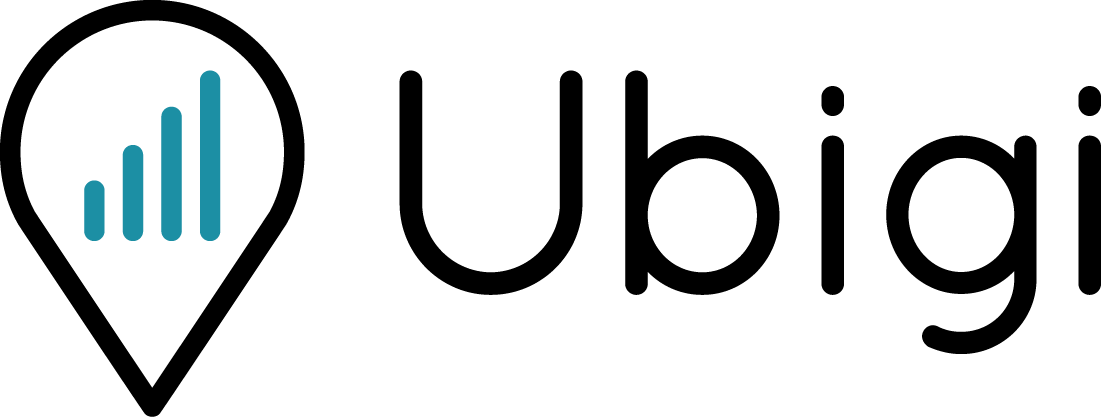
Ubigi provides prepaid eSIM data plans for over 200 destinations, including local (single-country), regional (e.g., Europe, Asia), and global plans.
Ubigi is operated by Transatel, a subsidiary of the NTT Group, partnering with Apple and Microsoft since 2017 for iOS and Windows devices, later expanding to Android in 2020. It offers flexible mobile data plans for travelers, connected cars, and businesses.
How to Use Ubigi
- Check Device Compatibility: Your device must be eSIM-compatible and carrier-unlocked. Check Settings > General > About > Network Provider Lock on iOS (should say “No SIM restrictions”) or contacting your carrier for Android.
- Purchase an eSIM: Download the Ubigi app (iOS/Android) or visit www.ubigi.com. Create an account and select a plan.
- Install the eSIM
Direct: Follow in-app prompts.
QR Code: Scan a code from the app or email.
Manual: Enter SM-DP+ address and activation code in device.
For iOS: Settings > Cellular > Add eSIM.
For Android: Settings > Network & Internet > Mobile Network > Add eSIM. - Activate and Connect: Turn on the eSIM line, enable data roaming, and select a supported network.
Hotspot Capability: Data can be shared with other devices.
Cost-Effectiveness: Compared to Airalo, Ubigi’s pricing is competitive but varies by region.
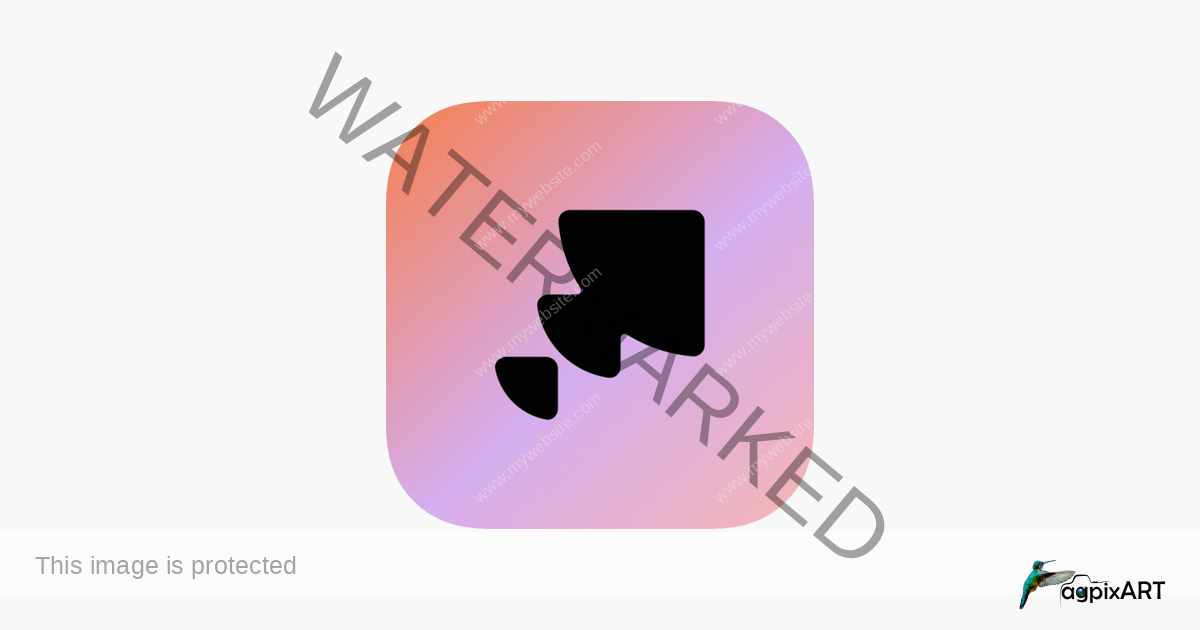
Instabridge provides eSIM data plans in 190+ countries, including single-country, regional, and global plans covering 125+ countries.
Instabridge is a Sweden-based eSIM provider offering affordable mobile data plans for travelers in over 190 countries, alongside a unique Wi-Fi hotspot map and additional features like a data-saving browser and VPN.
How to Use Instabridge
- Check Device Compatibility: Your device must be eSIM-compatible and carrier-unlocked.
- Purchase an eSIM: Download the the Instabridge app (iOS/Android) or visit www2.instabridge.com. Create an account and select a plan.
- Install the eSIM
Direct: Follow in-app prompts.
QR Code: Scan a code from the app or email.
Manual: Enter SM-DP+ address and activation code in device.
For iOS: Settings > Cellular > Add eSIM.
For Android: Settings > Network & Internet > Mobile Network > Add eSIM. - Activate and Connect: Turn on the eSIM line, enable data roaming, and select a supported network.
Hotspot Capability: Data can be shared with other devices.
Cost-Effectiveness: Compared to Ubigi ($29 for 10GB in Japan) and Airalo ($18 for 3GB in Brazil), Instabridge is competitive for small to medium plans (5-10GB) but less so for large plans (20GB+).
Considerations for Electricity
Managing electricity needs while traveling is crucial to keep your devices powered, especially for staying connected with your phone, iPad/tablet or computer and making sure you can charge your camera batteries.
Key Considerations for Electricity When Traveling:

Electricity
Global Plug Variations
Check your destination’s plug type using resources like www.worldstandards.eu/electricity/plug-voltage-by-country or www.iec.ch/world-plugs.
|
Country/Region |
Plug Type |
Voltage |
|---|---|---|
|
U.S., Canada, Mexico, Japan |
Type A/B |
Japan – 100 V |
|
Europlug: Europe, South America, and Asia |
Type C |
230 V |
|
UK, Ireland, Singapore, Hong Kong |
Type G |
230 V |
|
Australia, New Zealand, China |
Type I |
230 V |
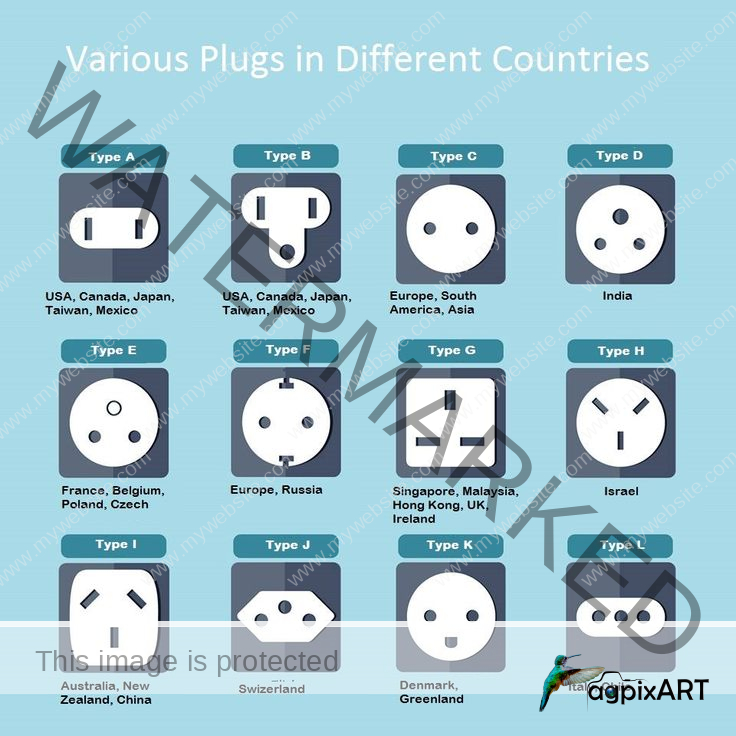
Power Accessories For Travel
When traveling having the right power accessories ensures your devices stay charged and functional.

Universal Travel Adapter –
Ceptics World Travel Adapter Kit
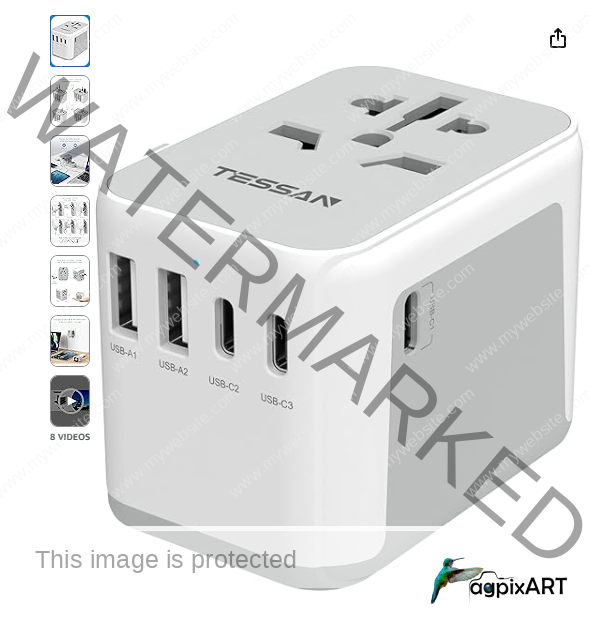
Universal Travel Adapter –
Tessan International Plug Adapter
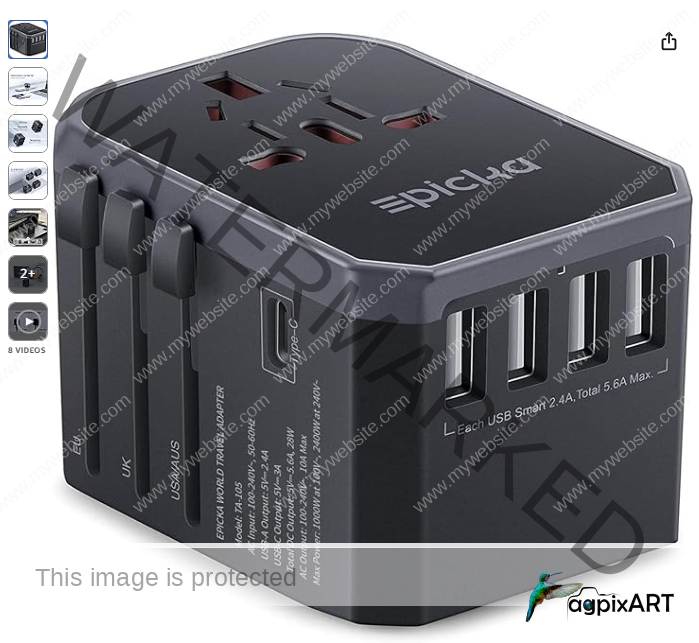
Universal Travel Adapter –
Epicka Universal Travel Adapter
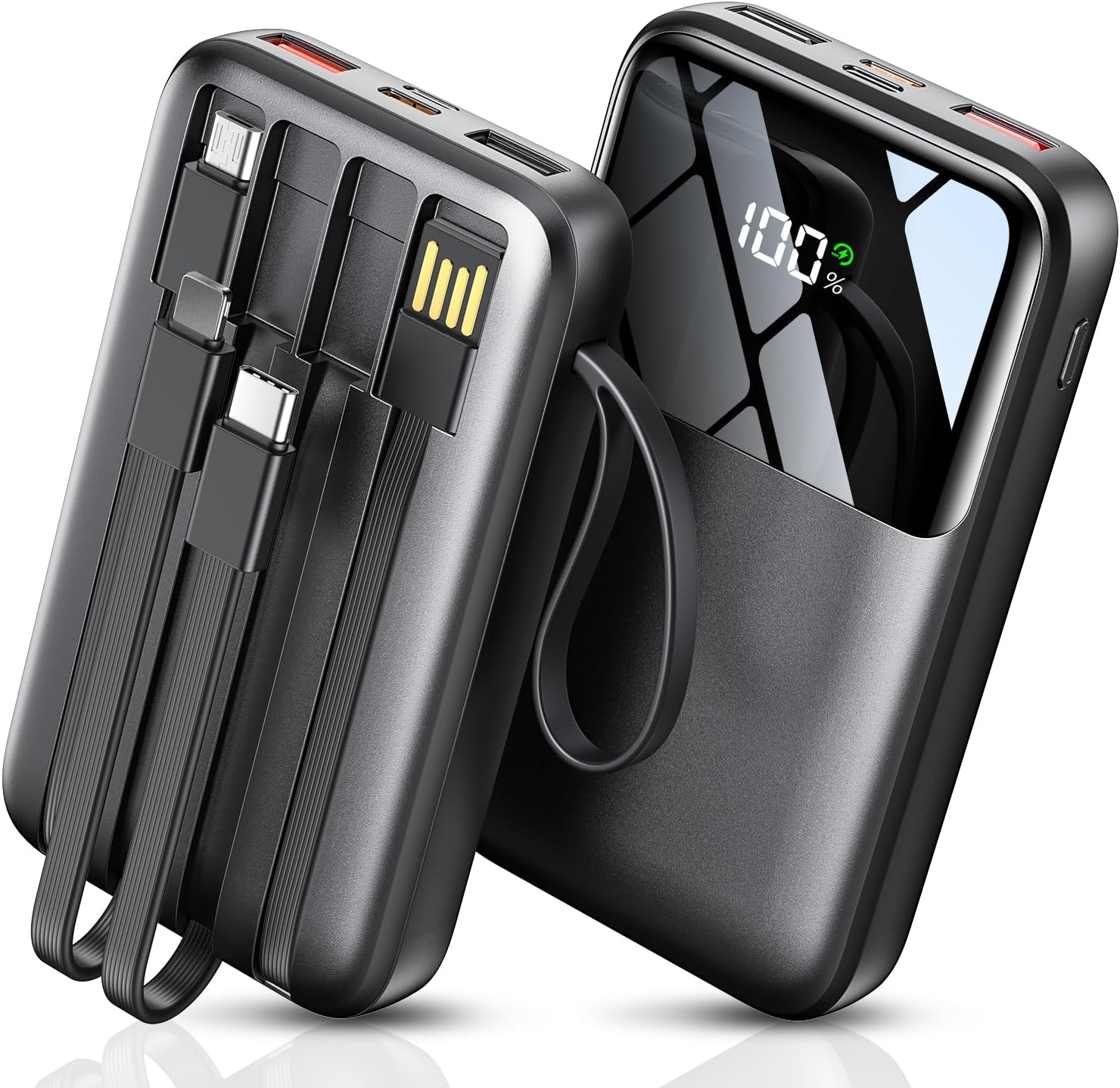
Portable Power Bank with Built in Cable, 15000mAh Power Bank
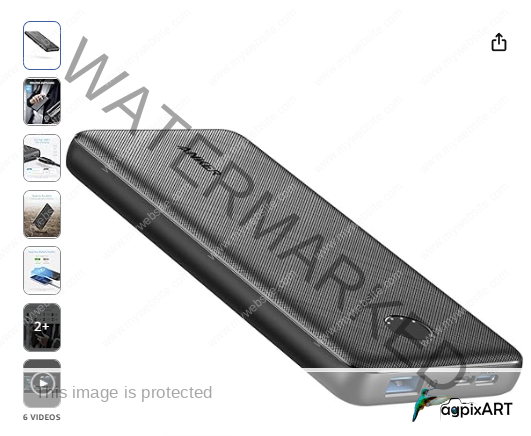
Anker Power Compact Travel-Ready 10,000mAh Battery Pack with PowerIQ Charging Technology
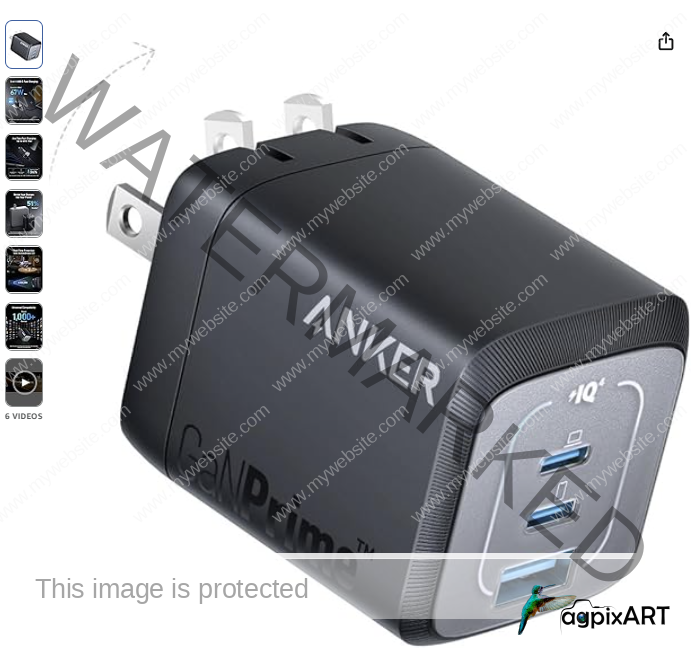
Anker Prime 67W USB C Charger, 3-Port Compact Fast PPS Wall Charger
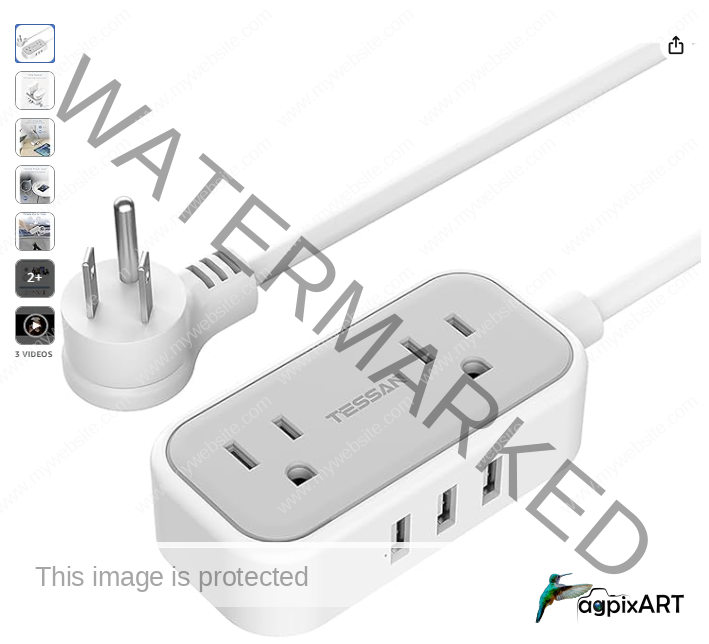
Small Power Strip, TESSAN Extension Cord with 2 AC Outlets 3 USB Ports

2000W Step Down Converter, 220V to 110V Voltage Converter US to Europe
What to Pack for Galápagos
Galápagos
Packing for the Galápagos Islands requires balancing lightweight travel with preparation for diverse activities like hiking, snorkeling, and wildlife viewing, and variable weather (warm, humid, or cool).
Galápagos weather can be unpredictable due to its equatorial location and ocean currents.
The islands’ strict environmental regulations also mean you should avoid bringing anything that could harm the ecosystem.
Prohibited items: Fresh fruits, vegetables, seeds, or any organic material that could introduce invasive species.
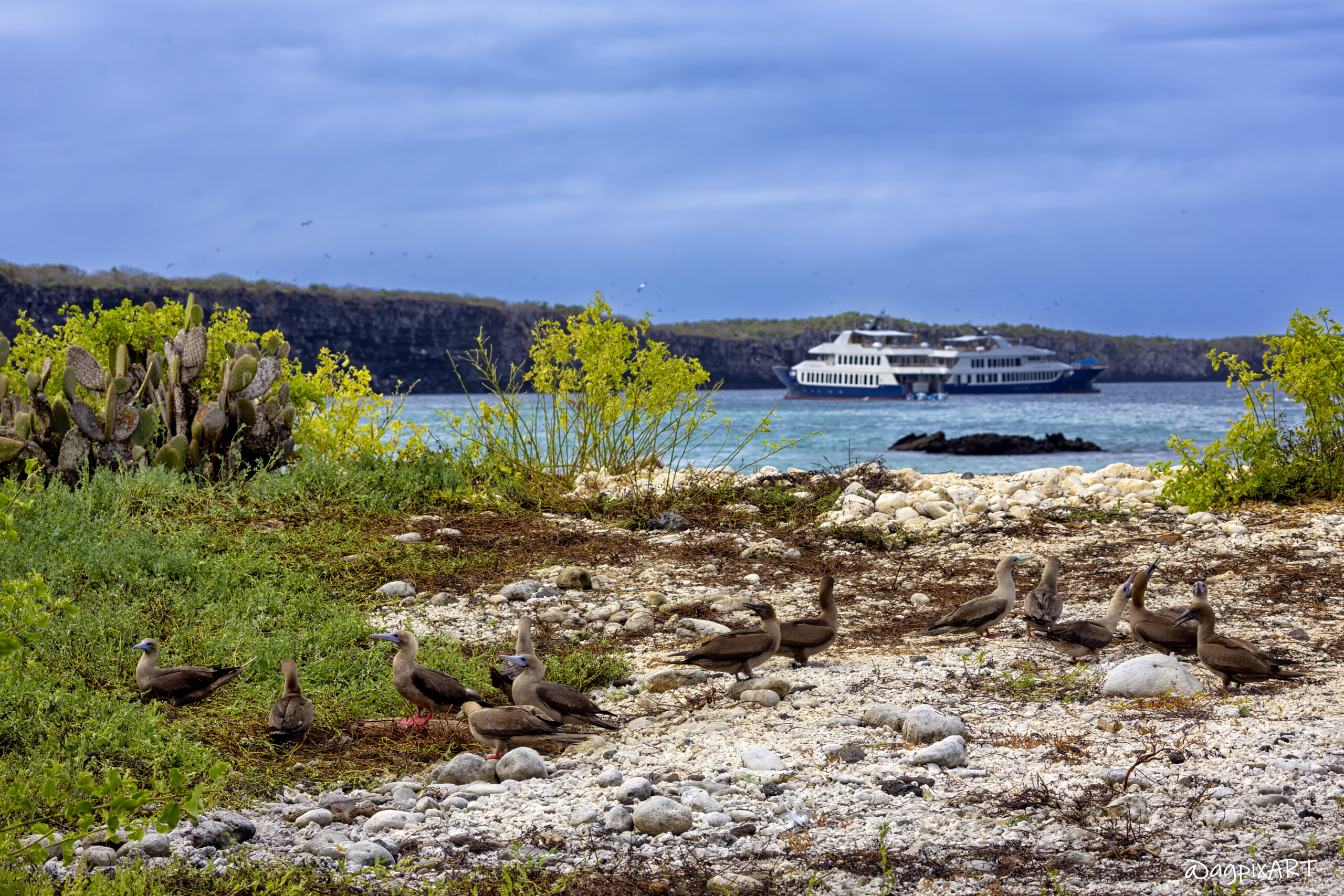
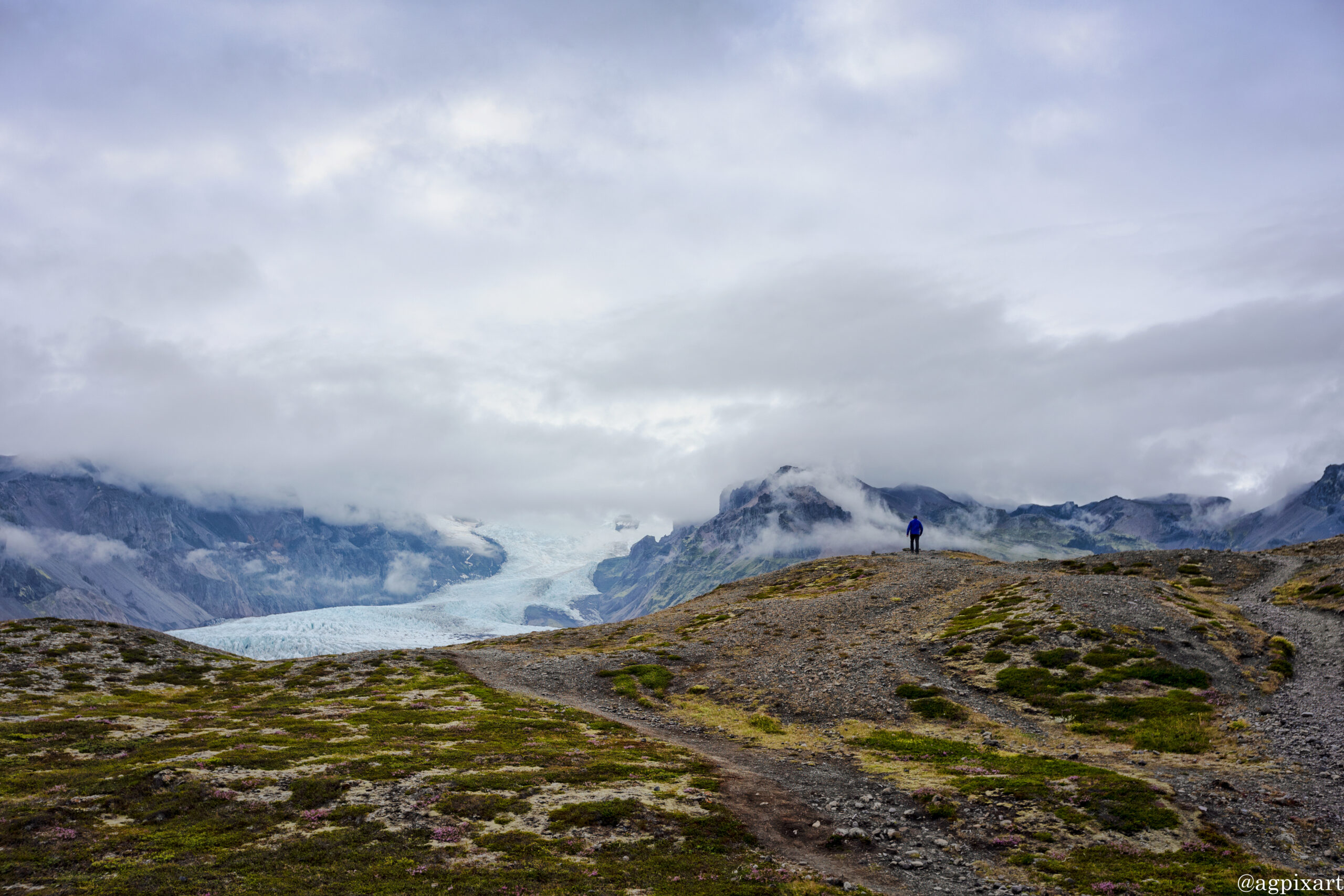
What to Wear & Pack for Iceland
Iceland
Iceland has and unique climate significantly moderated by the Gulf current resulting in rapid weather changes, wind, rain and generally cool temperatures even in summer.
Layers are a must, pack for 4 seasons, and be ready to adjust your schedule.
Consider clothing that dries quickly and doesn’t retain water.
Essential are raincoats, rain pants and sturdy hiking boots.

Getting Around & Where to Stay
Iceland
Iceland is a great road trip destination, with the Ring Road (Highway Route 1) circling the entire island for about 1,332 km (828 miles) and the most traveled road.
Main roads are accessible even with a regular car during the summer months, but a 4×4 is required for some more challenging off-the-beaten-path detours, or travel during winter months.
For more adventurous travelers, the F-roads (mountain roads) offer access to remote highland areas, but these require a 4×4 vehicle due to rough conditions all rear around.
There are several options for exploring Iceland depending on time restrains, budgets, and travel styles. Many visitors choose self-driving option as it provides the most flexibility.
Be prepared for unique conditions like single-lane bridges, gravel roads, and sudden weather changes. Always have your headlights on, and remember, right turns on red are illegal.
